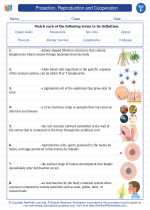Asexual Reproduction
Asexual reproduction is a type of reproduction that only involves one parent, and the offspring are genetically identical to the parent.
Methods of Asexual Reproduction
- Budding: A small part of the parent organism develops into a new individual.
- Binary Fission: The parent organism divides into two equal parts, producing two new individuals.
- Fragmentation: The parent organism breaks into pieces, and each piece grows into a new individual.
- Vegetative Propagation: New plants grow from the roots, stems, or leaves of the parent plant.
- Spore Formation: Specialized cells called spores develop into new individuals.
Advantages and Disadvantages
Asexual reproduction has several advantages, including rapid reproduction and the ability to produce offspring in stable environments. However, it also limits genetic diversity, making the population more vulnerable to diseases and environmental changes.
Examples of Asexual Reproduction
Asexual reproduction is common in many organisms, including bacteria, plants (such as strawberries and spider plants), and some animals (such as starfish and some species of worms).
Study Tips
To study asexual reproduction, make sure to understand the different methods of asexual reproduction and the advantages and disadvantages of this type of reproduction. Use diagrams and illustrations to visualize the processes involved in asexual reproduction.
.◂Science Worksheets and Study Guides Sixth Grade. Protection, Reproduction and Cooperation
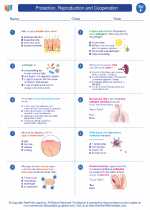
 Worksheet/Answer key
Worksheet/Answer key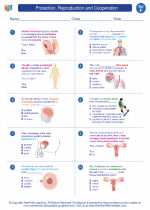
 Worksheet/Answer key
Worksheet/Answer key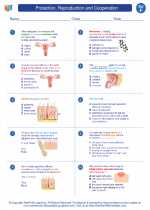
 Vocabulary/Answer key
Vocabulary/Answer key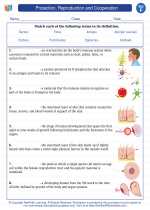
 Vocabulary/Answer key
Vocabulary/Answer key
 Vocabulary/Answer key
Vocabulary/Answer key